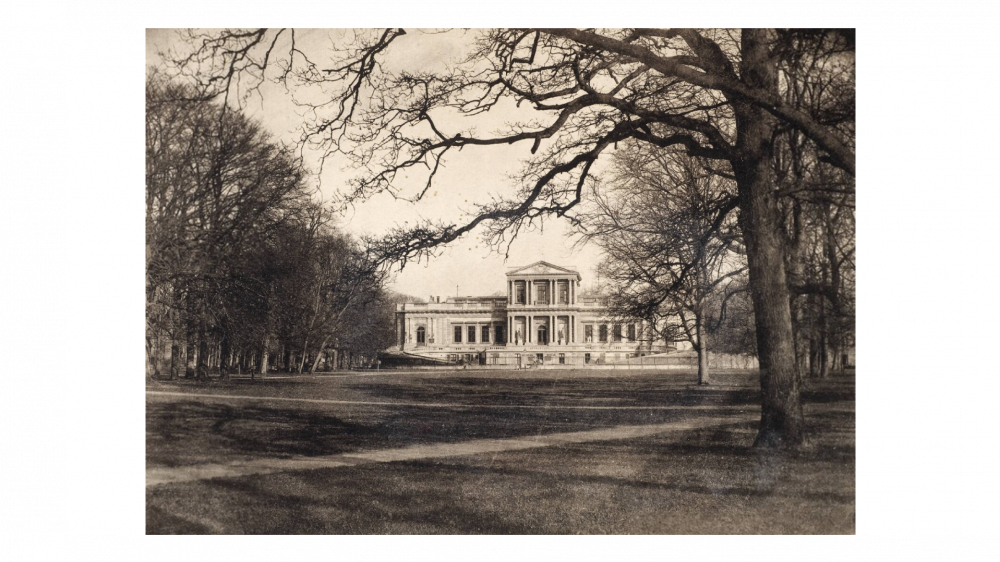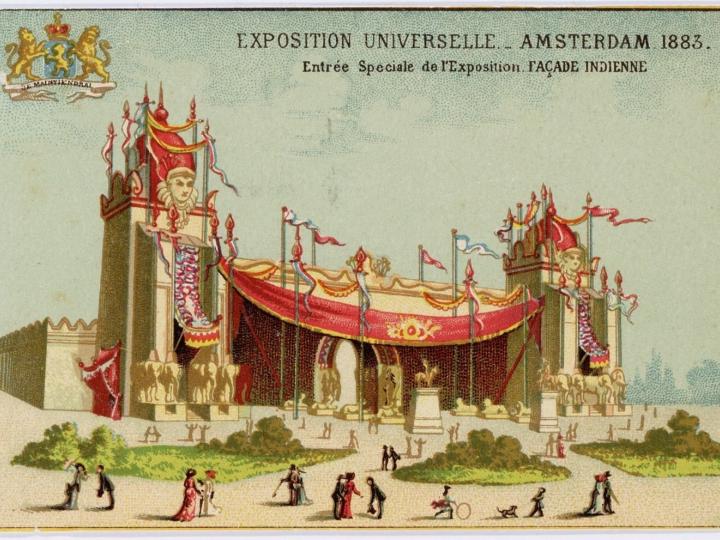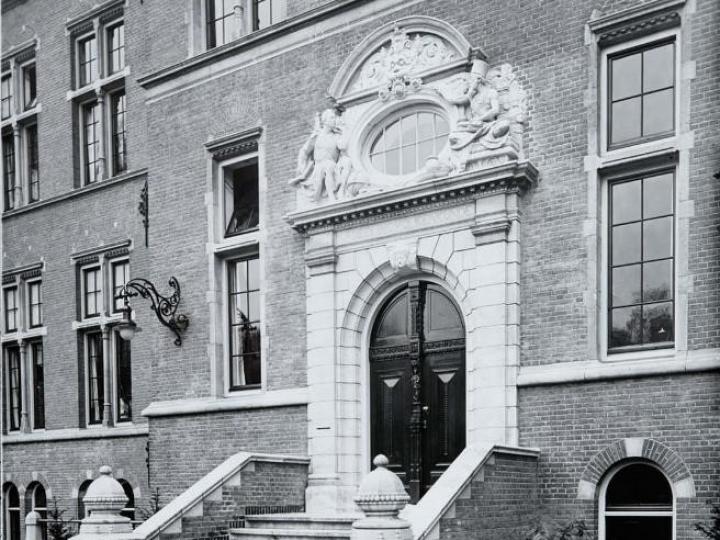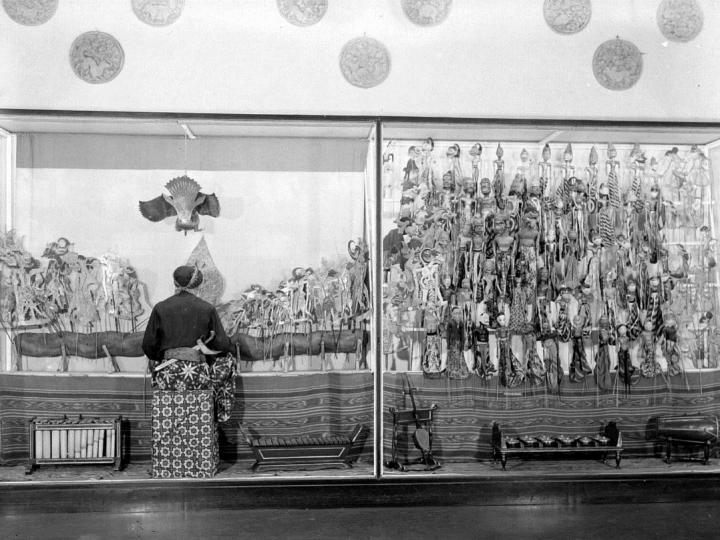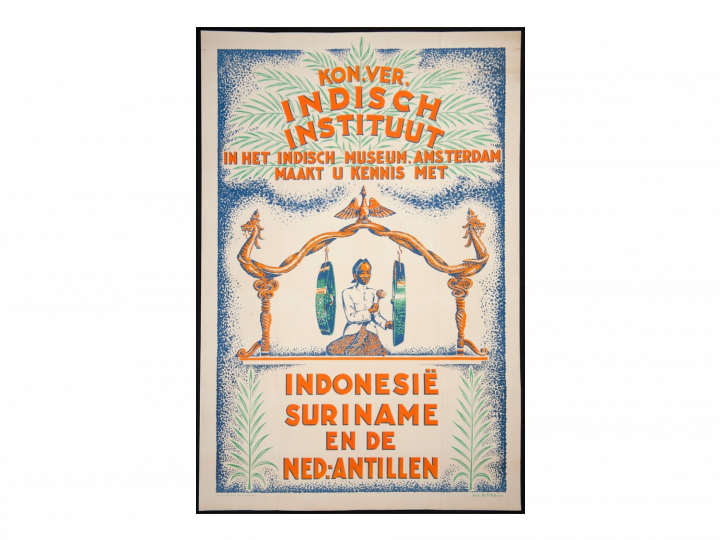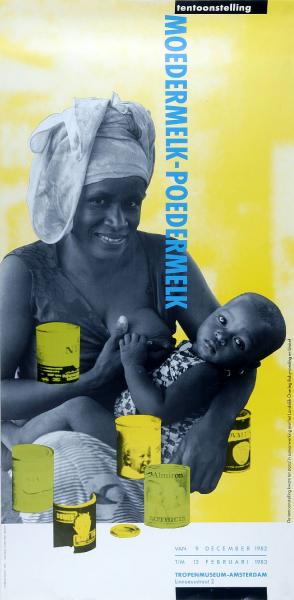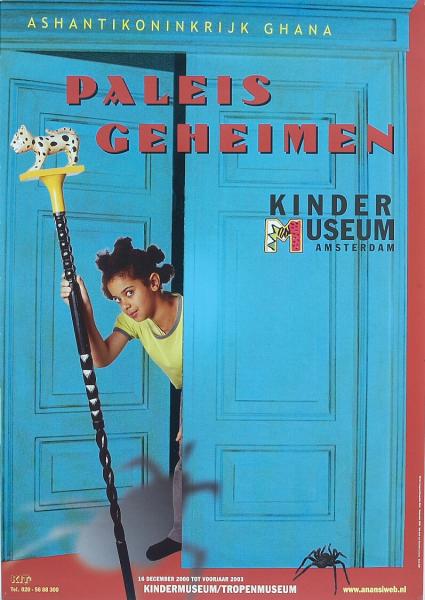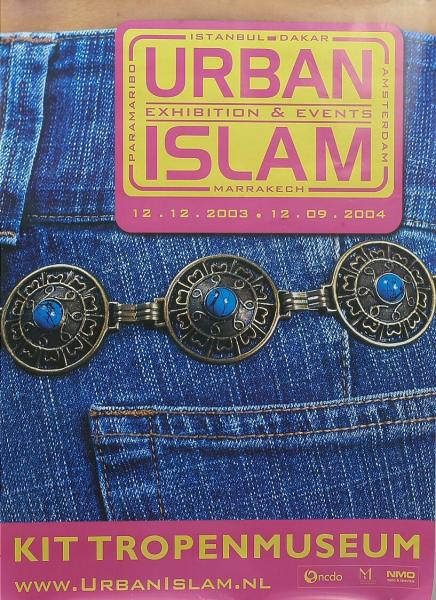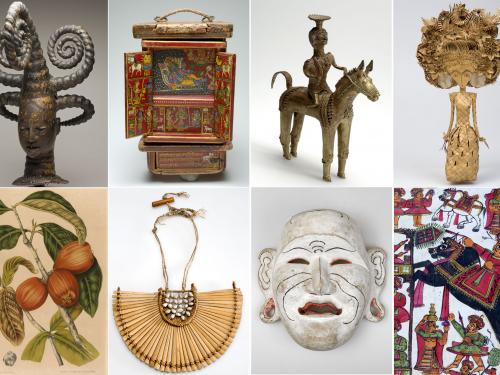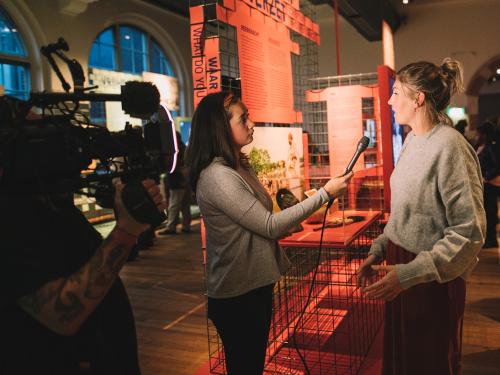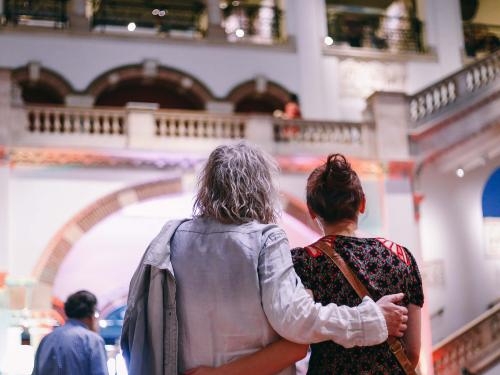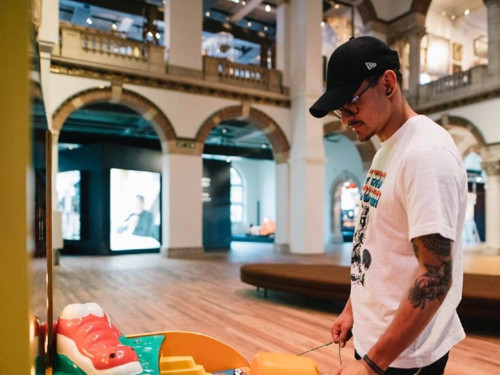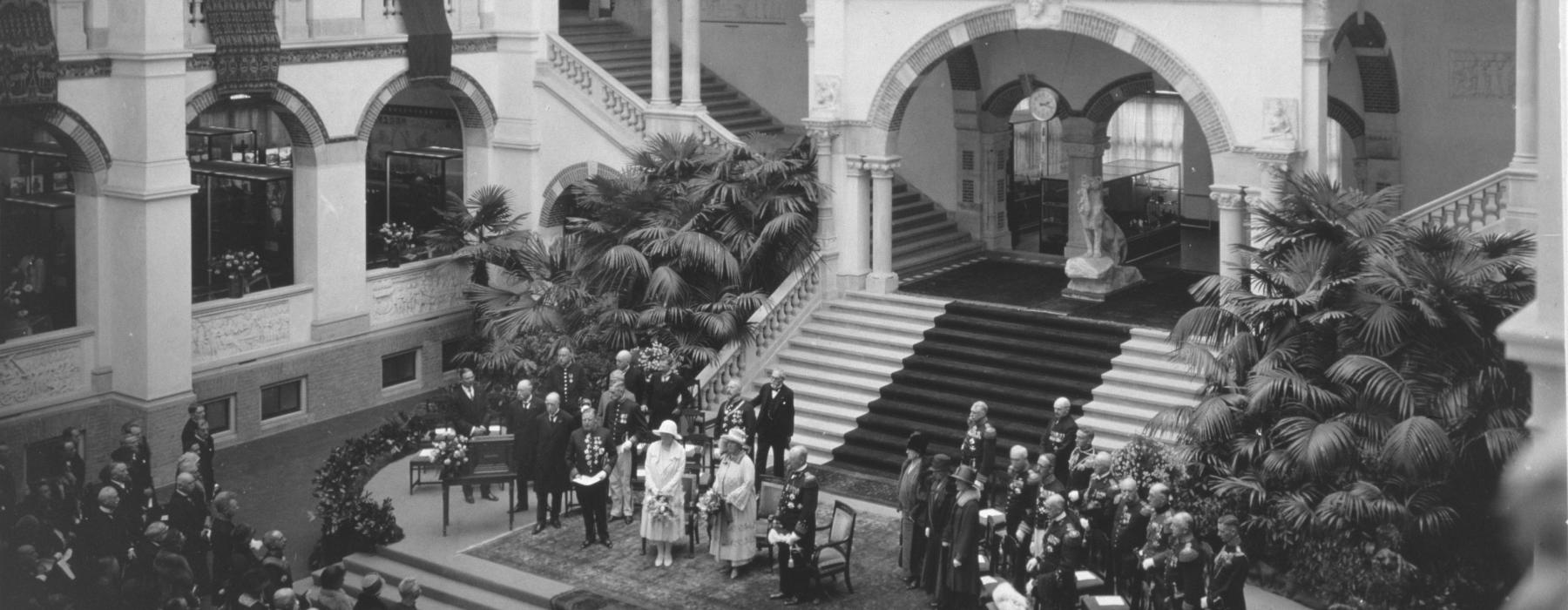
It is possibly the most beautiful building in East Amsterdam: Wereldmuseum Amsterdam. Imposing, and since a few recent changes to the front of the building, easily seen from the nearby road, Linnaeusstraat. The museum opened in 1926 as part of the larger Colonial Institute. Various sponsors, including the Ministry of Colonies, commissioned this institute to be built.
There were three departments: The Trade Museum, Tropical Hygiene and Anthropology, each with its own collection and exhibition space in the museum. The articles of association of the Colonial Institute give two main reasons for the existence of the museum: collecting and disseminating knowledge about the overseas territories (colonial propaganda) and promoting all the interests stemming from the colonial possessions, for both the Netherlands and the colonies (van Duuren, 1990:25)
In 1926 the institute was the largest building in Amsterdam. After the founding of the Colonial Institute in 1910, it took more than 16 years’ work before the institute opened. The location was the Oosterbegraafplaats, a cemetery, which was then moved outside the city boundaries. But where did the collection actually come from?

